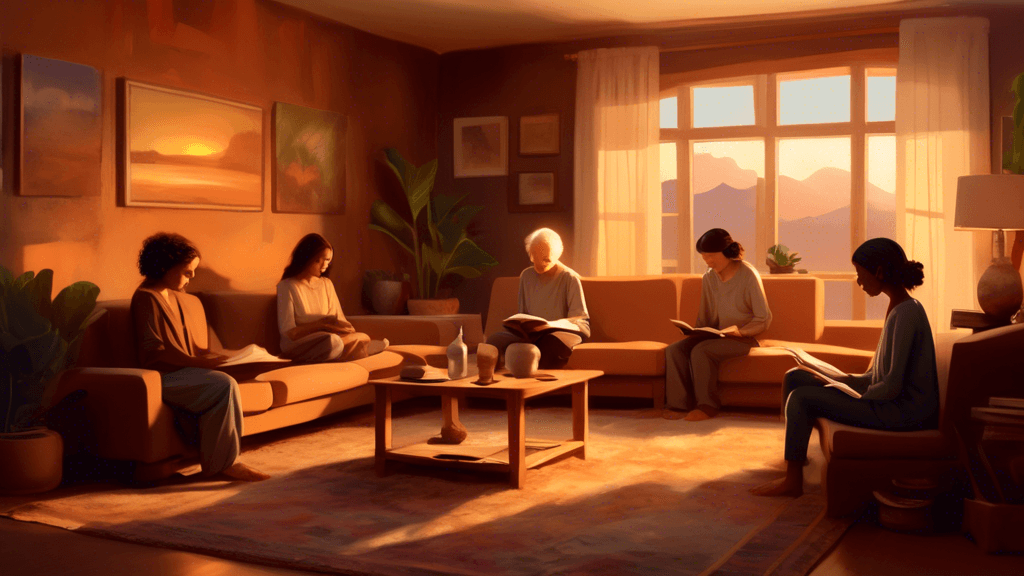
Exploring Earth Tones: Their Emotional Impact and Palette Influence
Share
Understanding Earth Tones: An Exploration into Their Emotional Impact and Palette Influence
Earth tones, those hues that ground us and remind us of the natural world, have become a cornerstone in both the realms of art and design. But what exactly defines an earth tone, and how do these colors affect our emotions and creative choices? This blog dives deep into the heart of earth tones, exploring their psychological impact and their evolving role in contemporary color palettes.
What Are Earth Tones?
Traditionally, earth tones encompass a palette derived from the colors of the earth's surface—these include browns, tans, warm grays, and greens. The pigments in these colors often originate from natural sources such as soil, clay, and organic material. However, in a broader artistic and design context, earth tones can extend to a more diverse range of shades inspired by natural elements like forests, deserts, mountains, and oceans.
The Emotional Impact of Earth Tones
The colors we surround ourselves with have a profound impact on our emotions and state of mind. Earth tones, in particular, are celebrated for their ability to evoke feelings of stability, comfort, and tranquility. But what is it about these colors that stir such deep-seated emotions in us?
- Connection to Nature: Earth tones inherently mimic the natural colors found in the environment, fostering a sense of connection to the natural world. This connection can be soothing and grounding, especially in highly urbanized areas where natural elements are less prominent.
- Sense of Security: The colors brown and green are often associated with reliability and resilience, qualities that translate into feelings of safety and security when these colors dominate a space.
- Enhancing Focus: Muted earthy hues provide a calm, non-intrusive background that can help enhance concentration and focus, making them ideal for both living and working spaces.
Notable environmental psychologist, Dr. Eleanor Ratcliffe, highlights the importance of natural hues for mental well-being: Exposure to naturalistic elements and colors, notably those echoing the outdoors, significantly contributes to psychological restoration and stress reduction.
Influence on Artistic and Design Palettes
Artists and designers often gravitate toward earth tones for their versatility and harmony with other colors. The influence of these tones in art and design is far-reaching and deeply intertwined with current trends and historical aesthetics.
- Visual Cohesion: Earth tones can serve as a unifying element in design, linking disparate materials and styles with their neutral and accommodating shades.
- Foundation for Experimentation: Serving as a neutral backdrop, earthy shades allow for bold color experiments. Bright and saturated colors can pop against an earth-toned background, providing dynamic visual interest.
- Historical and Cultural Reverence: Many cultures have a deep-seated affinity for earth tones, rooted in their historical use in art from cave paintings to classical landscapes, which continues to influence modern design aesthetics.
Integrating Earth Tones into Modern Spaces
Incorporating earth tones into a modern color scheme can refresh a space by adding warmth and natural elegance. Designers recommend starting with a base of neutral earth tones and layering in textures and complementary colors. Strategic use of fabrics such as linen, wool, or cotton can enhance the earthy feel, while metallic elements like brass or copper can introduce a touch of sophistication.
The Future Palette: Rise of Earth Tones
As environmental awareness heightens and the global community leans towards sustainability, earth tones are seeing a resurgence in popularity. Their inherent connection to the natural world supports an ethos of environmental conservation, aligning perfectly with the movement towards greener living practices and eco-friendly design solutions.
With the continuous evolution of consumer preferences and design philosophies, earth tones not only reflect current trends but also shape them. They underscore a collective yearning for grounding and harmony with nature amidst our rapidly changing lifestyles.
Conclusion: Why Earth Tones Matter
From ancient artworks to modern minimalist designs, earth tones have carved a niche that transcends time. Their emotional impact and adaptability in various palettes elevate their status from mere trend to essential color strategy. Whether it's in the bold strokes of a painter's brush or the subtle backdrop of a cozy interior, earth tones offer a slice of the natural world, promising both aesthetic and emotional enrichment.
In a world that values sustainability and wellness, embracing earth tones could be more significant than ever. We are reminded of the enduring power of nature’s palette in our lives and spaces. How can you harness the beauty and tranquility of earth tones in your own surroundings?
As we continue to navigate a high-speed technological world, the grounding influence of earth tones becomes not just desirable but necessary. Are you ready to explore the depth and serenity they offer?





